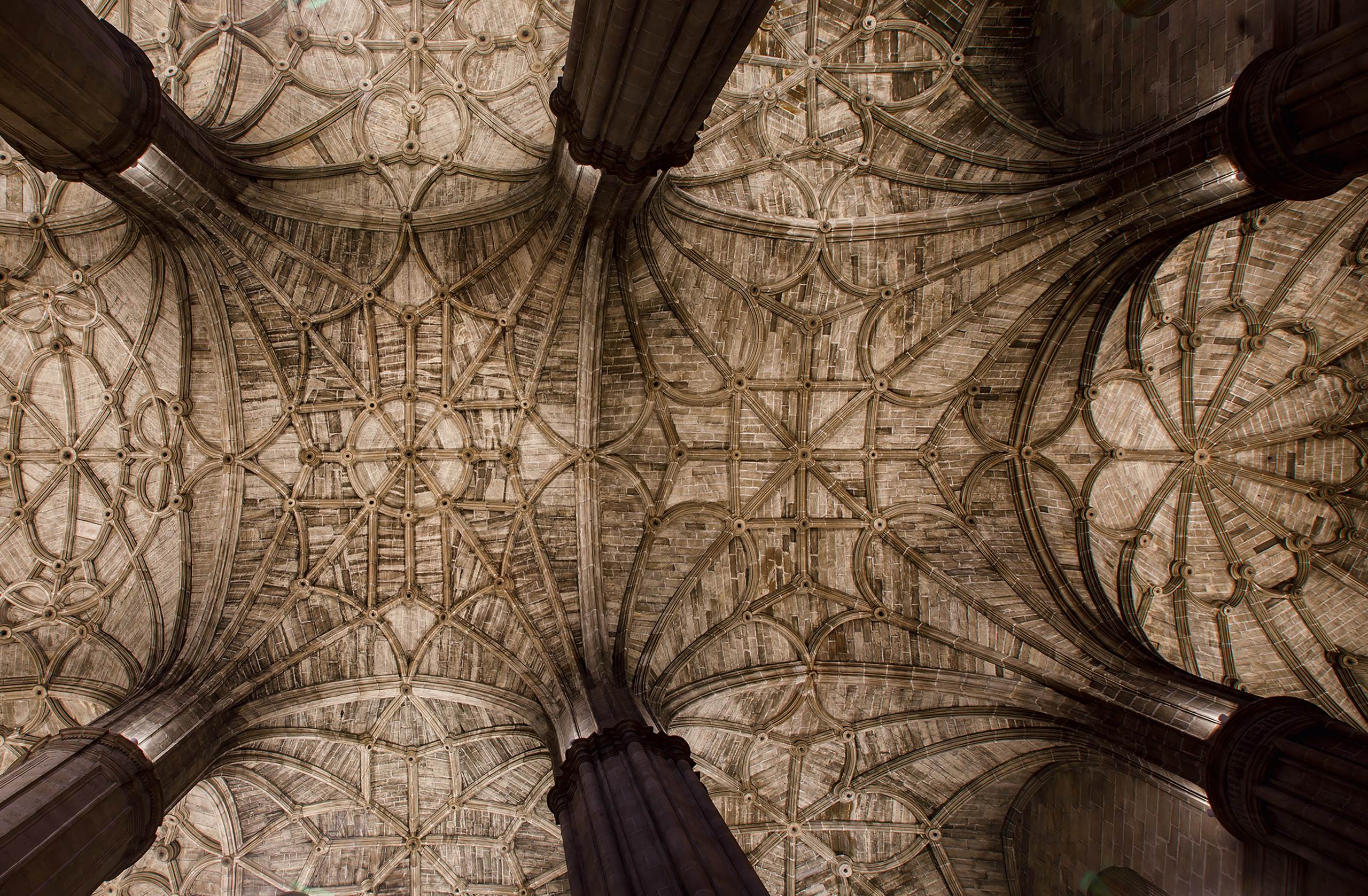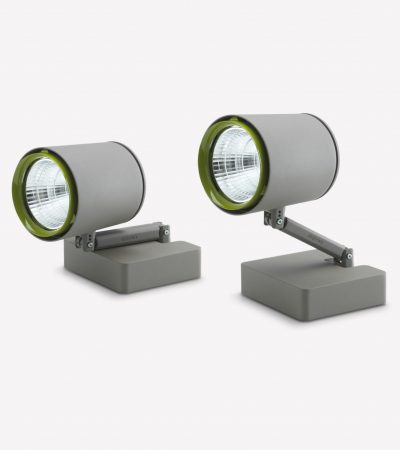Church of Santo Tomàs
The Hallenkirche is an exceptional type of church where the central nave is as high, or higher, than the side aisles.
This Gothic and Late Gothic period architectural feature seperates the Hallenkirche from the typical Basilica model.
Hallenkirche-type churches are mainly found in Germany. Built between 1512 and 1613, the Church of Santo Tomás, in Haro, Spain, is a rarity, not only for its geographical location, but also for its varying architectural elements. This combination of styles from the Renaissance, Plateresque and Baroque periods, creates a harmonious blend.
Upon entering, one by the vertiginous heights, which are even more spectacular thanks to a double row of pillars that rise and merge into starry vaults and their richly textured supportive ribs.
One goal of the new lighting design was to increase the presence of the ribs, emphasising their decorative function. By placing projectors high on the pillars and the pilasters of the side aisles, they are not visible from below. The projectors embolden the stone embroidery of the ceiling and increase its three-dimensionality.
A second goal was to illuminate the apse and the choir areas. This was accomplished by placing the two areas in contrast with their surrounds, intentionally keeping them in a subdued light, while acutely lighting the golden ornamentation of these Baroque areas.
PRODUCTS USED
Exenia: Museo projectors (Large optics, CRI 95 – 3000K, DALI).
Summary
The Hallenkirche is an exceptional type of church where the central nave is as high, or higher, than the side aisles. This Gothic and Late Gothic period architectural feature seperates the Hallenkirche from the typical Basilica model.
Hallenkirche-type churches are mainly found in Germany. Built between 1512 and 1613, the Church of Santo Tomás, in Haro, Spain, is a rarity, not only for its geographical location, but also for its varying architectural elements. This combination of styles from the Renaissance, Plateresque and Baroque periods, creates a harmonious blend.
One goal of the new lighting design was to increase the presence of the ribs, emphasising their decorative function. By placing projectors high on the pillars and the pilasters of the side aisles, they are not visible from below. The projectors embolden the stone embroidery of the ceiling and increase its three-dimensionality.



